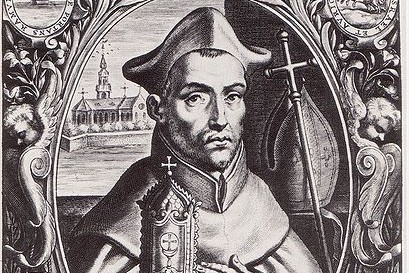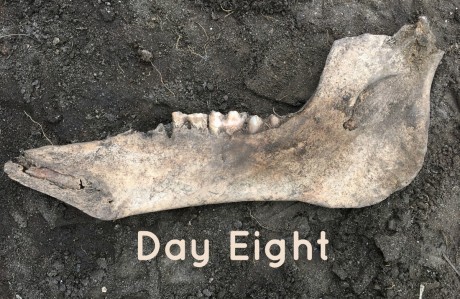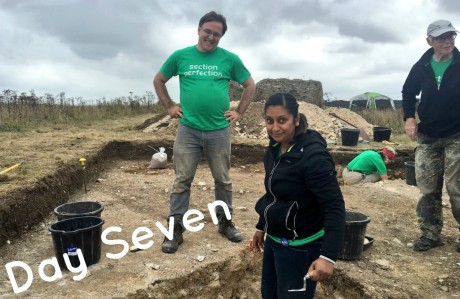
Leiston Abbey was home to a community of Premonstratensian priests, an order founded by Saint Norbert who led a life of such fierce asceticism it killed his first three disciples.
Clad in white, the figures walked in procession. Singing and carrying lights, they proceeded solemnly down the path. This was Saint Norbert’s dream as he lay unconscious, thrown from his horse, on the cold wet ground.
Until then, Norbert had been living a life of luxury. But this was a transformative moment – no more luxury! And the church? Well, they too deserved criticism for their luxurious living…!
Fired up with zeal and fervour, he wandered the land trying to reform the clergy and preaching a life of such fierce asceticism it killed his first three disciples.
He was friends with Saint Bernard who had founded the Cistercian order five years earlier, and was obviously a persuasive character. Despite the early setback of three dead disciples, he convinced thirteen fellow canons that they should ‘fear the company of men as a fish shuns dry land’ and in 1120, they founded a monastery in the most desolate and remote location they could find… Premontre, France.
They were not monks, but a group of ordained priests – or Canons Regular – and lived together in an autonomous community. They might not sound like a riot, but they did things their own way – for a start, they chose to wear the white seen Norbert’s dream, instead of the habitual black.
Other monasteries quickly sprang up all over western Europe, and in 1182 Ranulph de Glanville founded Leiston Abbey at Minsmere, described by contemporaries as ‘the swampy site by the sea’.
The original location, as it turned out, proved a little too desolate, a little too remote and a little too swampy and eventually had to be moved, stone by stone, to its current location. But that is another story.
Like all Canons Regular, the Premonstratensians of Leiston Abbey were supposed to live under Augustinian Rule and ‘earn their living’, rather than rely on endowments, by operating a small industrial activity, such as printing, farming, cheese-making, running schools, agreements with breweries, astronomical observatories, artistic bookbinding or forestry.
So what industry did the White Canons – or Norbertines – of Leiston Abbey turn to in order to sustain themselves? That is the first thing we are hoping to find out.


